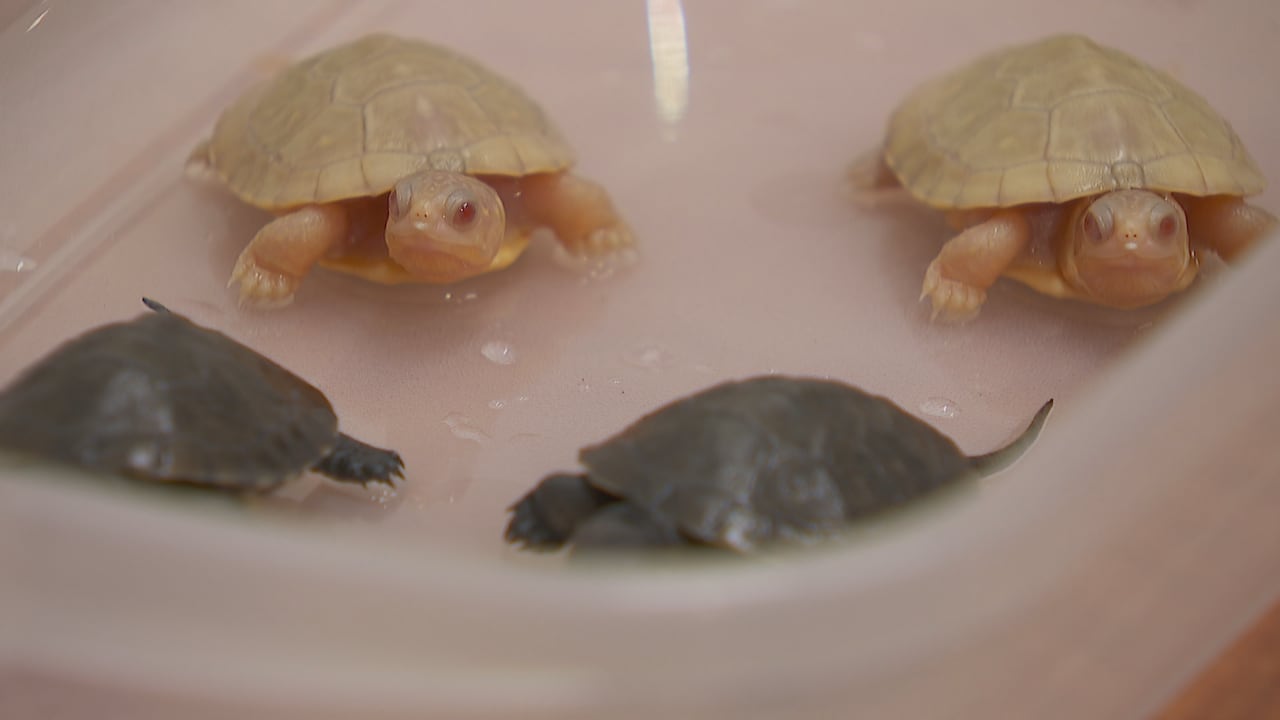The University of Regina has opened the doors to a new lab that aims to help reshape how energy is produced and used across Saskatchewan.
The Microgrid Living Lab, a first-of-its-kind facility in the province, was launched as a hub for clean energy research, development and education in Saskatchewan.
“About six per cent of generated power is lost in transmission. So in microgrids, we don’t have that,” said Irfan Al-Anbagi, an associate professor in electronic systems engineering and the lab’s director.
The lab functions off the main power grid. It’s capable of generating, storing and distributing its own electricity, according to the university.
“Everything is located in one area: generation, storage and control, and loads,” Al-Anbagi said.
“So less power dissipation, less power burned out in transmission. And this can be beneficial to locations where you have difficulty supplying power and you can utilize renewable generation as well in these locations.”
The lab draws power from renewable sources including solar panels, wind and hydro power. It emulates how microgrids could perform in real-world conditions, with the hope of identify more sustainable and flexible models for powering homes, businesses and remote communities in the province, the university says.
Al-Anbagi said. “Supplying electricity to these locations can be expensive and hard and sometimes impossible.”
Multiple functions
Al-Anbagi expects the microgrid to play a major role in teaching, experimental setups and research.
“Currently I have two students, my colleague has two students. So in the future, we want to increase that number,” Al-Anbagi said.
He hopes students will use the micogrid as a hands-on tool.
“The students appreciate the concept when they come and see it, compared to when they look at it in pictures, and they can also do some lab experiments.”
Al-Anbagi has also reached out to small- and medium-sized enterprises in the city that may be interested in using the lab for their own development and testing.
“If an organization or company develops solar panels and they want to integrate the power into the control system, do real-time monitoring, real-time connectivity, they’re welcome to use this system,” Al-Anbagi said.
The lab currently generates 10 kilowatts of solar power, enough to power a residential building or multiple homes. When the energy isn’t being used for teaching or research, it’s stored in “islanded mode,” meaning it’s kept separate from the university’s main power grid.
“We don’t want to disrupt the main power supply of the university,” Al-Anbagi said.
“I think it’s safer to disconnect the microgrid from the main university supply to do our own experiments.”
That energy is sometimes then sent into the university system to help power lights, air conditioning and other infrastructure.
Powering Saskatchewan
The biggest potential for the lab lies not in its present use, but in how it could shape the future of energy in Saskatchewan, according to Al-Anbagi.
The province’s unique energy challenges, from isolated northern communities to growing urban centers, make it a prime testing ground for microgrid solutions, he said.
“It’s not a lot of power, but I think it adds up,” Al-Anbagi said.
While microgrids aren’t entirely new to Western Canada, this marks the first fully functional one of its kind in Saskatchewan.
“The University of Regina’s microgrid is not just a lab. We use it in our research, in our teaching, and it’s open to companies and other faculties across the university,” Al-Anbagi said.






